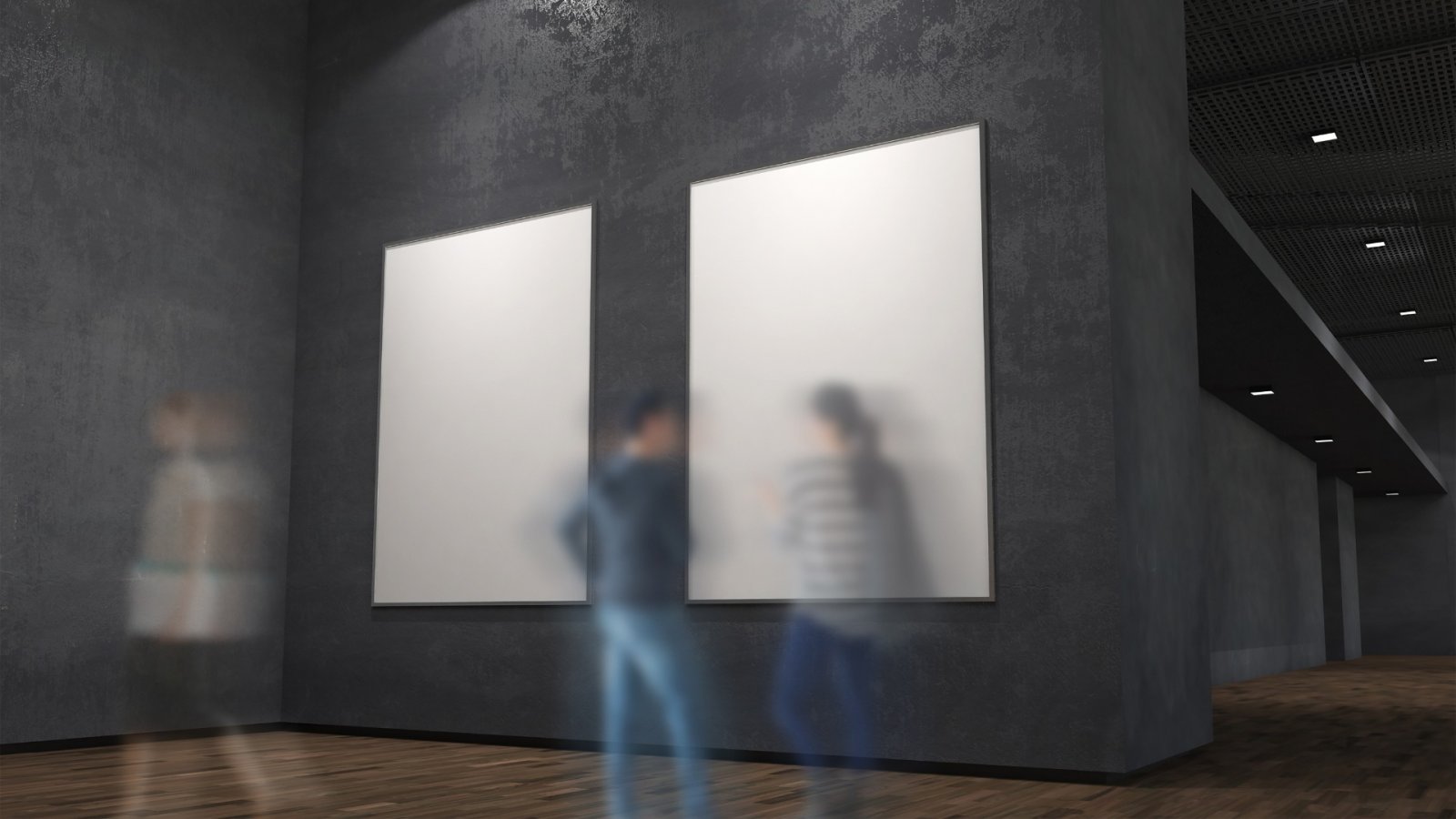The Rise of Immersive Digital Art: Are Traditional Art Institutions Facing Disruption or Opportunity?
Immersive digital art installations have taken the global art world by storm, drawing huge crowds with pioneering new ways to interact with art. As unconventional digital art venues continue gaining massive popularity, traditional galleries and museums must assess whether these emerging players threaten their business models or present new avenues for collaboration and growth.
Outernet, a sprawling immersive digital art venue in London's West End, witnessed unprecedented success in its inaugural year, surpassing long-standing cultural heavyweights. In just 12 months, Outernet welcomed over 6.25 million visitors - making it Britain's most visited attraction in 2023 and outperforming the British Museum which saw 5.83 million guests. Even the world's most-visited art museum, the Musée du Louvre in Paris, received fewer than 8.86 million visitors last year.
Outernet is representative of the 100+ immersive institutions that have launched globally over the past five years. By curating new interactive digital experiences, these modern art spaces are reshaping how visual culture is consumed worldwide. As immersive institutions connect audiences on a global scale, their explosive rise poses both opportunities and challenges for traditional museums and galleries. With backing from top investors and platforms for digital artists, immersive venues are emerging as powerful forces in the industry.
One of the most ambitious manifestations of the immersive art movement is Sphere, a colossal performance dome in Las Vegas. Towering 365 feet tall with a capacity of 20,000, Sphere debuts cutting-edge digital installations from artists like Refik Anadol, Marco Brambilla, and Es Devlin. In its grand September 2023 opening, rock band U2 took residency as the first act to perform within Sphere's immersive environment.
András Szántó, author of The Future of the Museum: 28 Dialogues, notes that as public interest and spending on visual experiences grows, traditional museums will need to compete for attention. Sphere demonstrates the challenges these institutions may face appealing to audiences inundated with options for new forms of digital art.
However, while immersive art venues may not intend to directly compete with traditional museums and galleries, their presence in the same tourist markets inevitably impacts these institutions. By attracting large audiences with innovative experiences, venues like Outernet challenge established cultural organizations both financially and strategically. As experts note, this competitive landscape poses opportunities for museums to evolve - for example, through increased public funding support.
Outernet employs digital analytics technology, provided by BriefCam, to track engagement metrics for visitors interacting across its multiple open-air digital screens and large concert hall in a busy London location. The company's over 6 million visitors in the first year provide strong evidence of the rapid expansion happening globally. There are now more than 100 immersive art institutions worldwide, with new spaces scheduled to debut soon in cities like Abu Dhabi, Hamburg, and Shanghai. This cements immersive art as an ascendant force fundamentally reshaping the cultural sector.
The origins of the immersive art institution movement can be traced to 2018 with the opening of Atelier des Lumières in Paris. Culturespaces, the company behind Atelier des Lumières, established a template that many subsequent venues have followed. It defined approaches related to content curation, facility design, financing models, and global ambitions. Critically, Atelier des Lumières pioneered the dominant digital storytelling format utilized in these spaces - nonlinear documentaries that blend animated visuals, soundtracks, and narration. Using digital projections and surround sound systems, the multimedia experiences are projected all around visitors on walls, floors, and ceilings.
Meanwhile, in 2018, Japanese digital art collective TeamLab launched Borderless as their dedicated museum venue. Showcasing only their boundary-pushing installations, Borderless saw an astonishing 2.3 million visitors in its first year - surpassing attendance at the renowned Van Gogh Museum in Amsterdam over the same period. This cemented TeamLab as the highest-attended single-artist museum globally, despite having more modest name recognition otherwise. In Melbourne, The Lume - the permanent space of outfit Grande Experiences - welcomed over 700,000 guests in its inaugural 2021-22 year, outperforming the National Gallery of Victoria which hosted 1.6 million in 2022 as Australia's most-visited traditional museum.






